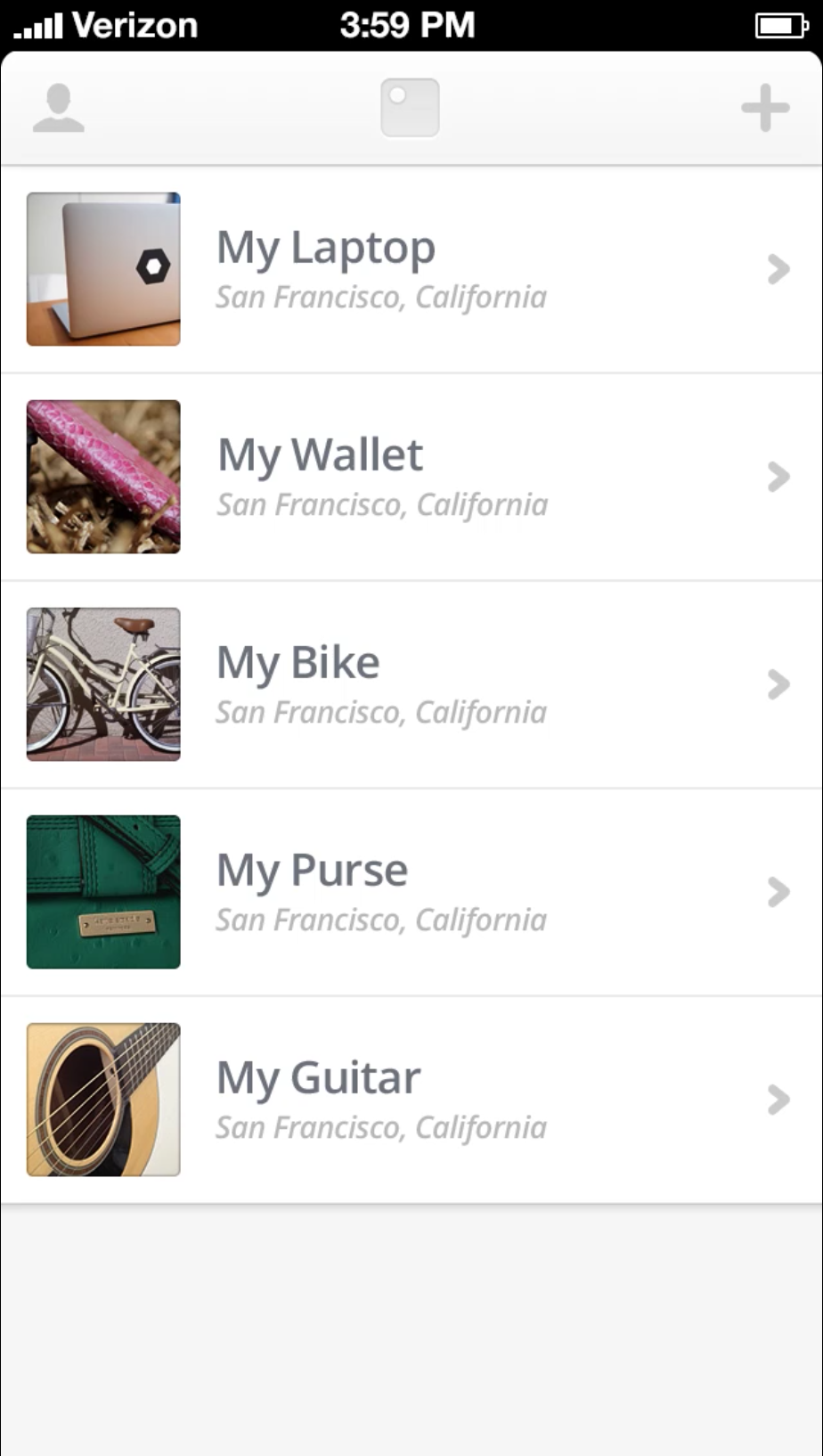Tile, the crowdsourced mobile object locator now available in EU, Aus and NZ

Tile, the object locator that uses crowdsourced iPhones to find your Tile will now ship to the European Union, Australia and new Zealand due to overwhelming demand during its initial crowdfunding campaign.

Tile was created by established software and hardware engineers, Mike Farley and Nick Evans in 2012.
It is a Bluetooth low energy device which is about the size of a matchbook which aims to use the community of iPhone users to keep track of your items.
The campaign smashed its crowd-funding goal of $20,000 in less than eight hours after it launched.
Just one week into the campaign, Tile raised over $67,000 -- more-than triple its initial goal. It has now raised over $213,000 to date.
Location finding devices are not new. Stick N Find discovers items up to around 100 feet away and gives an indication of the general direction of the missing item.
The Loc8tor has an audible beep as you approach the item. The Proximo by Kensington also tags your device and finds it on your iPhone app.
Tile’s makers claim that it is the first device of its kind. Whilst competitors are restricted by Bluetooth’s typical connectivity range of 100 feet, Tile’s range can go far beyond that.
It uses the Bluetooth connection of neighbouring iPhones running the Tile app to cast a much wider search net.
It works on the simple premise of community. The cloud infrastructure alerts a community network of Tile apps installed on other iPhones which helps to locate your own missing Tile.
The app uses a Bluetooth 4.0 low energy connection and remembers the last place it saw your Tile in case you have forgotten where you left it.
The Tile also makes a sound as you approach it to make it easier to locate the item.
You can locate and manage multiple Tiles on your own Tile iOS app. The app lets you view how far away you are from your lost Tile’s signal, within a 100-150 foot radius.
If you mark a Tile outside of your range as missing, Tile sends out an alert through its cloud based app that puts all other Tile apps on the search for your missing item.
This all happens in the background. If someone else is running the Tile app comes within range of your lost object, the app will identify your item and send you a notification of its location.
The person whose Tile app picked up your lost item’s location will not even know that their phone just found your item.
Even losing your iPhone or iPad which contains the Tile app and Tile is not an issue. You can log in to your own account on another iPhone and search for your own Tile.
Your Tiles are always secure and are not viewable on anyone else’s Tile app unless you share your Tiles with designated friends and family.
Once enough people are using Tile in your area, you are able to watch your personal Tiles move on the Tile app map from anywhere.
“Tile is changing the world by making lost and misplaced belongings a thing of the past. We are giving people back hours of their lives that were previously wasted searching for missing possessions,” said Tile co-founder and CEO Nick Evans.
Tiles last for one year before they need replacing. You get a reminder when you need to buy a new Tile. You do not need to charge them up or replace the batteries in the Tile. Tiles can be purchased now for $19 and after the campaign ends Tile will retail for around $25.
Tile might pose challenges to widely dispersed communities where cell phone signal is patchy. In built up cities and conference type environments the concentration of iPhones might make finding your app seamlessly easy.
Reveal Labs, makers of Tile currently only make the Tile for Apple devices. They are not planning to release an app for Android at the moment. They say that until there is ‘Android platform that meets our quality standards, we will not be releasing a Tile app for Android’.
The makers hope to create a “movement that will revolutionize the way we find lost items, by bringing the entire Tile community together to make the system more robust for everyone.”
Bringing the entire Tile community together may cause problems across borders as Tile use becomes widespread.
As Tiles are shared with family, roommates, friends or co-workers there may be an issue as Tiles are rolled out across Europe.
If one of your designated friends or family happens to be travelling when you report the Tile missing, you might unwittingly invoke data roaming charges on their phone as you search for your missing Tile.
If the app invokes all users in the country where your Tile went missing and you happen to be in another country, then your cell phone roaming costs might be more than you expected.
Its a great app. Replacing your Tiles annually ensures a repeatable revenue stream for Reveal Labs and opportunities for further product enhancement.
When measured against the cost of insuring your iPhone against loss, and the frustration you feel when you just know you put it down somewhere – $25 per year is a small price to pay for peace of mind.